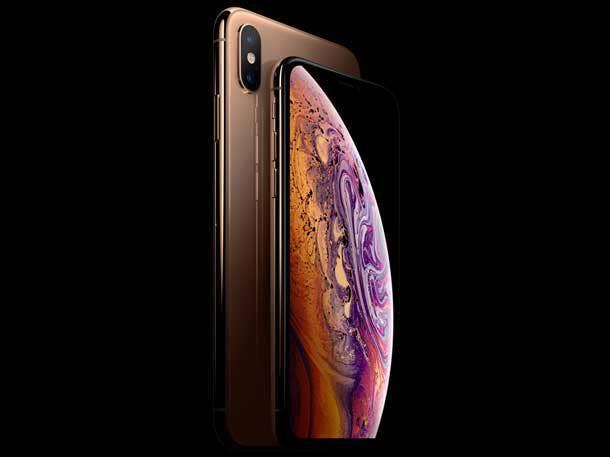Apple's iPhone Dual SIM: 5 Things Businesses Should Know

In September, Apple for the first time introduced iPhone support for dual SIM, with the launch of the iPhone XS and iPhone XS Max. Dual SIM enables users to have two phone numbers on the same device--and the feature should be of particular interest to businesses.
"For both enterprise and channel partners, dual SIM brings a number of great benefits," said Marco Nielsen, vice president of managed mobility services at Stratix, a Norcross, Ga.-based MSP, in an email to CRN.
[Related: Samsung Looks To Stand Apart From Apple With Smartphones Geared To Business]
What follows are five things businesses need to know about iPhone dual SIM.
eSIM
Apple's support for dual SIM with the new iPhones refers to the inclusion of both nano-SIM as well as eSIM. Apple's eSIM technology provides a digital, embedded SIM card to complement the physical nano-SIM inside the new iPhones.
The eSIM functionality will not be available until Apple releases an update to iOS 12 "later this year," and users will need to activate a second cellular plan with a carrier to use eSIM, Apple said in a support document. The iPhone XS or XS Max must also be an unlocked device--not locked to one particular carrier.
No More Need For Two Phones
Corporate users will have the option to use one number for work and a second number for personal use, "ending the battle of having two physical phones," Nielsen said. Users will be capable of getting calls and texts on both numbers, and will be able to have one of the lines serve as their default, he said.
Another advantage: users will “also be able to utilize a roaming eSIM for use in another country and save on costs associated with international roaming," Nielsen said.
Poor Connectivity Areas
There could also be an advantage to utilizing two carriers for roaming in poor connectivity areas, he noted. "When service gets spotty, the phone will automatically switch to the other carrier with better connectivity – a huge plus for end users," Nielsen said. "Having two separate carriers also gives end users the ability to have totally separate data plans, potentially giving access to corporate subsidy plans."
eSIM Advantages
When it comes to eSIM, users will be able to switch eSIMs by tapping Settings > Cellular > Cellular Plans and choosing the plan to use, Nielsen said.
Additionally, the eSIM technology will make it easy to move between carriers, Nielsen said. "You can have multiple eSIMs, but the caveat is only being able to use one at a time," he said.
Channel Opportunities
For solution providers, one key opportunity with dual SIM and eSIM is catering to customers that have needs for connectivity in different countries, Nielsen said. "Channel partners also have additional opportunities to separate corporate and end-user roaming and data plans," he said. "With separation of carrier plans, companies can embrace work and personal split of data on a device, potentially taking a BYOD route and securing corporate data on the iPhone."
Even more important for channel partners to consider is the opportunity to put "a single, all-important device in the hands of end users covering services, warranty and support," Nielsen said—which adds up to "the ultimate mobile digital workspace for both business and personal."